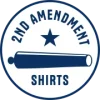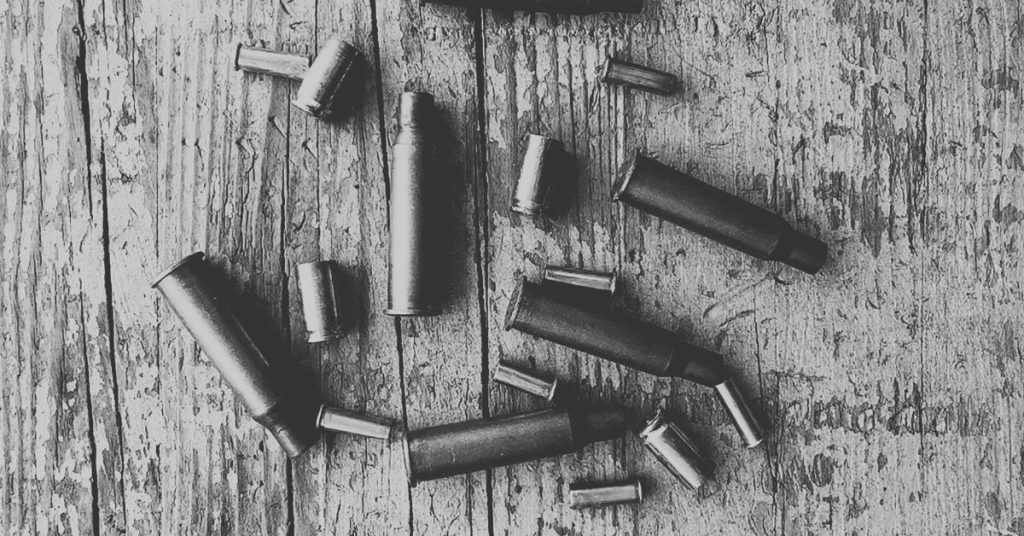Experts argue over which handgun calibers are the best. They compare accuracy, price, and stopping power. Each has an opinion as to what gun and ammo works best in a specific situation.
Following are comparisons between the .357 Magnum, .38 Special, and 9mm.
.357 Magnum
The .357 Magnum was introduced in 1934. It was designed using the S&W .38 Special as a model. Phil B. Sharpe, Elmer Keith and D. B. Wesson of Smith & Wesson and Winchester collaborated on the ammunition, lengthening the case of the .38. The team’s purpose was to create ammunition that could compete with the Colt .38 Super Auto.
The Colt .38 Super Auto was the only round that offered muzzle velocity above 1,000 FPS. The ammo’s high velocity was imperative as a deterrent to bootleggers and gangsters who had been using bulletproof vests and automobiles as shields.
The .357 helped police target their adversaries and the ammo became a top choice for law enforcement. It also introduced the “Magnum Era.” The dual-purpose cartridge is used for self-defense, hunting, and target shooting.
.38 Special
Smith & Wesson introduced its .38 Special ammo in 1898. S&W created the centerfire ammunition as an alternative to the .38 Long Colt. Law enforcement officers embraced the .38 Special from the 1920s until 1990s.
Police used the .38 Special as the standard issue service cartridge. WWI soldiers carried the round into combat. The revolvers and ammunition faded from everyday use but remain the symbol of the law.
Shooters buy .38 Special calibers frequently for self-defense, pest control, competition shooting, and target practice.
9mm
DWM firearms designer Georg Luger introduced the 9x19mm Parabellum in 1902. Luger created ammunition to be used as a service cartridge for the Luger semi-automatic pistole.
The 9mm was accurate and compact. 9mm pistols hold more ammo than previous models. Luger showed the ammunition to be lethal at 50 meters.
World War I introduced submachine guns. Submachine guns used 9mm ammo to penetrate field gear, an important aspect of eliminating the enemy. The ammo played a big part in World War II.
The military and law enforcement agencies accepted the 9mm immediately. The 9mm replaces the .38 as a standard issue sidearm. Civilians followed suit, using the 9mm for self-defense due to its size, weight, and low recoil.
Comparison
Each handgun caliber has its merits. The .38 is a classic ammo for a revolver. People use the ammo for self-defense and concealed carry. It has a longstanding history of being used as military and police sidearms.
The .357, based on the .38, is a more powerful round. Like the .38, it can be chambered in a revolver, but is also common in a semi-automatic.
The 9mm is the most popular ammunition in the world. It has replaced the less powerful .38 for military and police use. A wide variety of weapons are chambered in 9mm.
Although more expensive then the .38 or .357, a major benefit of the 9mm is the mild recoil and the increased capacity of the magazine.
Making the Choice
The differences between the three types of ammunition are negligible. The user determines the need and use for the ammo and the calibers. In most situations, any of the above will work well.
The gun plays a part in the choice, as well. Making a choice on ammo should be based solely on the need and experience of the shooter.

